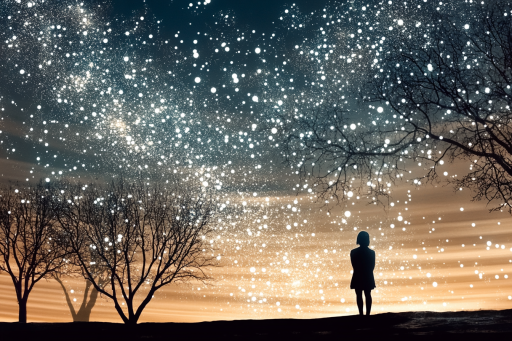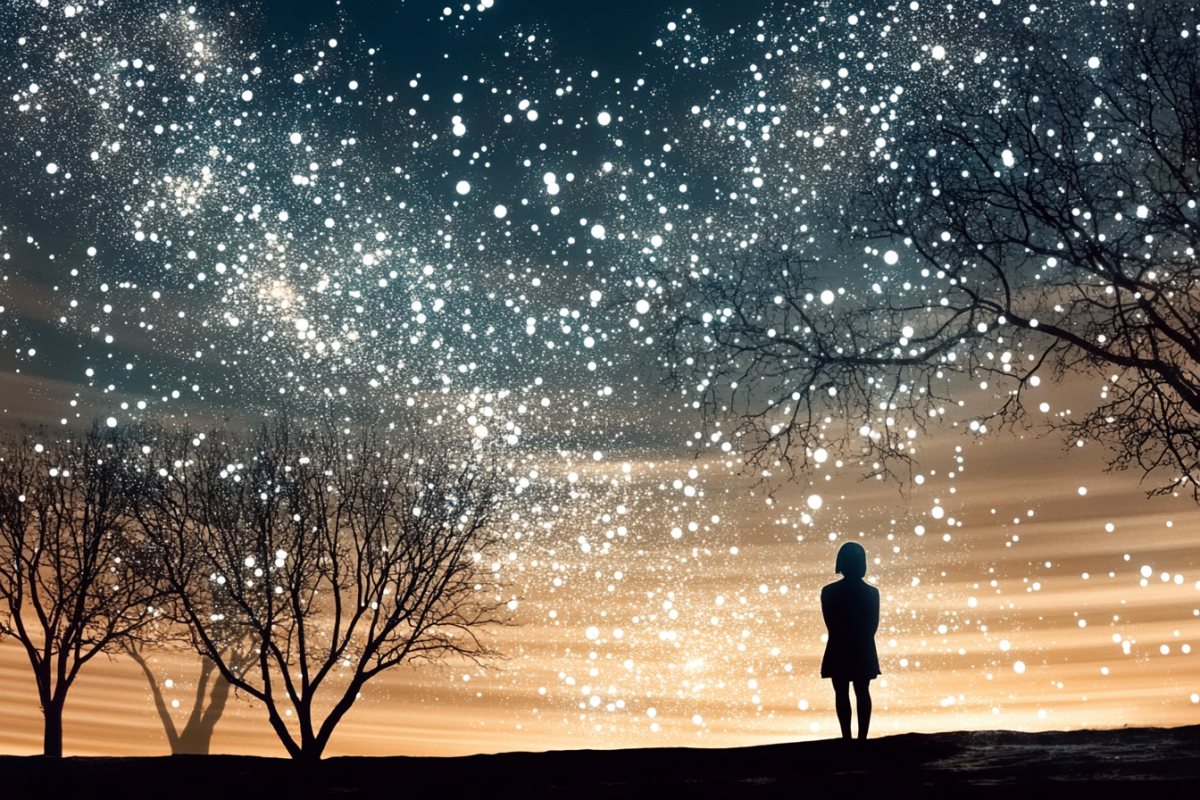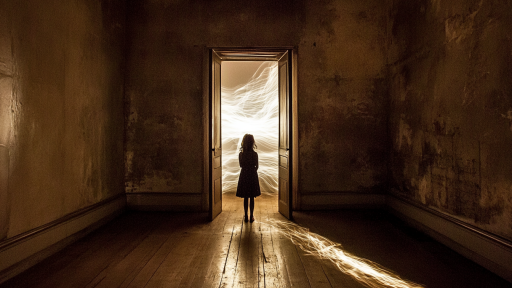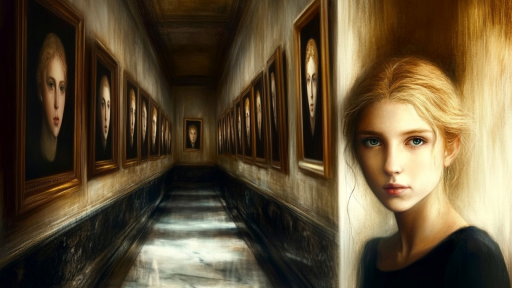
For as long as humanity has gazed upward, the stars have been considered fixed, eternal beacons of light. But throughout history, there have been eerie nights when the sky itself seemed to shift—constellations rearranging, entire stars vanishing, and new celestial bodies appearing without explanation. Were these natural cosmic events, tricks of the atmosphere, or something even more unexplainable? From ancient civilizations to modern astronomers, reports of stars changing overnight remain some of the most mysterious anomalies ever recorded.
The Night the Sky Went Dark

Ancient Chinese astronomers recorded a night when vast portions of the sky became pitch black, as if the stars themselves had been extinguished. Some blamed a celestial catastrophe, while others feared it was an omen of disaster. Modern scientists suspect an unrecorded dust cloud or unknown cosmic event, but no explanation fully accounts for what was seen. The mystery remains written in the stars—or rather, in their unexplained absence.
The Phantom Star of the Sahara

For centuries, desert travelers spoke of a bright, wandering star that appeared above the dunes, only to vanish by dawn. Unlike known celestial objects, it shifted position erratically, defying the laws of astronomy. No official records match its description, leading some to speculate it was an atmospheric illusion—or something stranger lurking in the sky.
The Constellation That Wasn’t

Ancient Greek scholars meticulously mapped the stars, yet some of their charts contain constellations that do not exist today. One in particular, described as a “heavenly beast,” has no modern counterpart. Did an entire cluster of stars disappear, or was something else shimmering in the night sky that defied identification?
The Star That Split in Two

In 1054, Chinese astronomers recorded a “guest star” that appeared suddenly in the sky and split into two distinct lights. This may have been the first recorded observation of a supernova, yet modern reconstructions suggest it behaved unlike any known stellar explosion. Some believe it was a cosmic event never witnessed before—or since.
The Night of the Shifting Lights

Viking explorers spoke of a strange night when the northern lights moved in unnatural patterns, forming spirals and shapes that had never been seen before. Some believed the gods were speaking through the heavens, while modern researchers suggest an extreme geomagnetic storm may have temporarily altered the night sky. But if so, why have such lights never been recorded again?
The Disappearing Southern Cross

Sailors in the 17th century navigating the southern hemisphere relied on the Southern Cross for guidance—until reports surfaced of the entire constellation vanishing from sight. Some logs claim the stars reappeared days later in a slightly different position. Was it an observational error, or did something momentarily erase part of the heavens?
The Pulsing Red Orb

In medieval Europe, astronomers wrote of a star that pulsed a deep red hue for a single night, only to return to normal by morning. It was described as “beating like a heart,” something no known celestial body should do. Was it an atmospheric distortion, or did a star temporarily change its nature before resetting?
The Unmapped Cluster of Lights

During the early days of telescopic astronomy, an observer documented a dense cluster of stars never before recorded. When he attempted to locate them the next night, they were gone. No known celestial movement accounts for such a rapid vanishing act—leaving scientists to wonder what was seen, and where it went.
The Double Sun Mystery

Reports from ancient China describe a second sun appearing briefly in the sky, casting a dull glow alongside the real sun before fading. While some suspect a rare atmospheric reflection, such events have never been recorded with the same intensity. Could this have been a planetary body briefly aligning—or something even more unexplainable?
The Sky Full of New Stars

In 1572, the renowned astronomer Tycho Brahe witnessed what he described as a “sky full of new stars,” where countless unfamiliar lights flickered into existence. Over the coming weeks, they slowly faded back into darkness. Was this an unrecorded stellar event, or an unexplained cosmic illusion?
The Night the Moon Vanished

A rare historical record describes a night when the full moon seemed to simply disappear. The sky remained cloudless, yet no lunar glow was visible anywhere. While some believe an unknown celestial body may have momentarily blocked it, the truth remains lost to history.
The Star That Called for Help

In 1924, an astronomer recorded strange radio signals seemingly originating from a star that had suddenly brightened overnight. The signals were irregular, almost rhythmic, leading some to believe they were intelligent in nature. No source was ever identified, and the star returned to normal the next day.
The Day the Sun Stood Still

Ancient texts from cultures around the world describe a day when the sun halted in the sky, refusing to set for an impossibly long time. Some believed it was a divine event, while others feared it signaled the end of the world. Modern researchers suggest an atmospheric anomaly or a misinterpretation of a rare celestial alignment, yet no definitive explanation exists. Did time itself stutter, or did something momentarily alter the movement of our planet?
Are We Watching, or Being Watched?

The night sky is a window to the universe, yet sometimes it behaves in ways we cannot explain. What if these changes aren’t just cosmic coincidences, but signs of something beyond our understanding? Could we be witnessing the universe shifting in ways science has yet to grasp—or are we glimpsing something that knows we’re watching? The sky holds secrets, and perhaps some were never meant to be understood.





